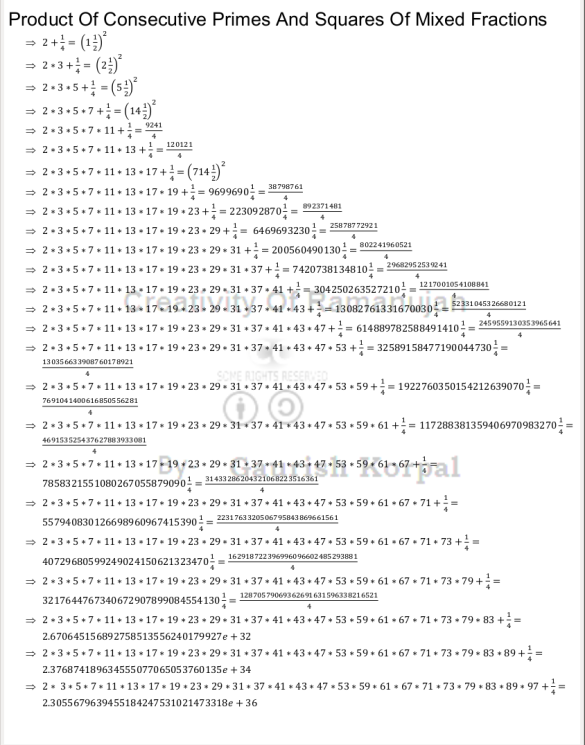Earlier I told about new mediums now available to enjoy maths. You can find a list of YouTube channels, to begin with here. And a list of dedicated math podcasts here.
In this post, I want to point out some episodes from the podcast “In Our Time” which discuss mathematics:
- Mathematics: http://www.bbc.co.uk/programmes/p00545hk
- Mathematics and Platonism: http://www.bbc.co.uk/programmes/p0054799
- Mathematics’ Unintended Consequences: http://www.bbc.co.uk/programmes/b00qj2nq
- Maths in the Early Islamic World: http://www.bbc.co.uk/programmes/b08dr5qt
- Indian Mathematics: http://www.bbc.co.uk/programmes/p0038xb0
- Renaissance Maths: http://www.bbc.co.uk/programmes/p003k9hq
- Zeno’s Paradoxes: http://www.bbc.co.uk/programmes/b07vs3v1
- Zero: http://www.bbc.co.uk/programmes/p004y254
- Infinity: http://www.bbc.co.uk/programmes/p0054927
- Negative Numbers: http://www.bbc.co.uk/programmes/p003hyd9
- Prime Numbers: http://www.bbc.co.uk/programmes/p003hyf5
- Imaginary numbers: http://www.bbc.co.uk/programmes/b00tt6b2
- Pi: http://www.bbc.co.uk/programmes/p004y291
- Euler’s number, e: http://www.bbc.co.uk/programmes/b04hz49f
- Pythagoras: http://www.bbc.co.uk/programmes/b00p693b
- Carl Friedrich Gauss: http://www.bbc.co.uk/programmes/b09gbnfj
- Euclid’s Elements: http://www.bbc.co.uk/programmes/b07881kn
- Calculus: http://www.bbc.co.uk/programmes/b00mrfwq
- Godel’s Incompleteness Theorems: http://www.bbc.co.uk/programmes/b00dshx3
- Fermat’s Last Theorem: http://www.bbc.co.uk/programmes/b01ngn3j
- The Poincaré Conjecture: http://www.bbc.co.uk/programmes/p0038x8l
- Symmetry: http://www.bbc.co.uk/programmes/b00776v8
- Cryptography: http://www.bbc.co.uk/programmes/p004y272
- Random and Pseudorandom: http://www.bbc.co.uk/programmes/b00x9xjb
- Probability: http://www.bbc.co.uk/programmes/b00bqf61
- Game Theory: http://www.bbc.co.uk/programmes/b01h75xp
Apart from them, another podcast worth listening to is “The Wizard of Mathematics, Srinivasa Ramanujan” by Prof. Srinivas Kotyada on FM Gold:





You must be logged in to post a comment.